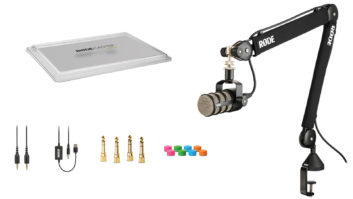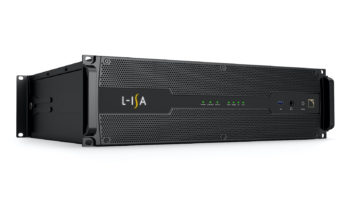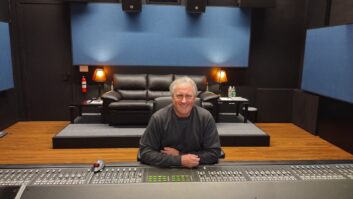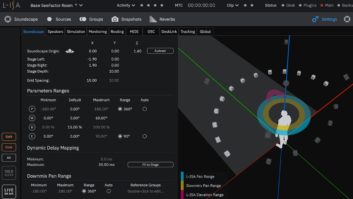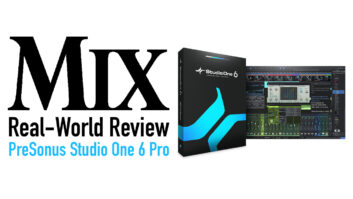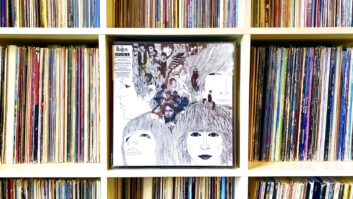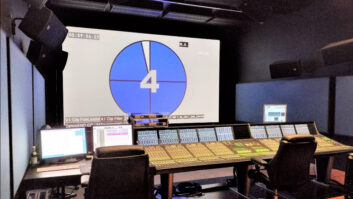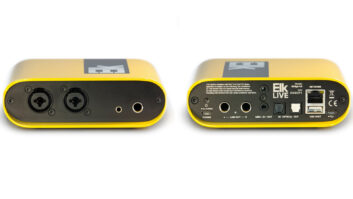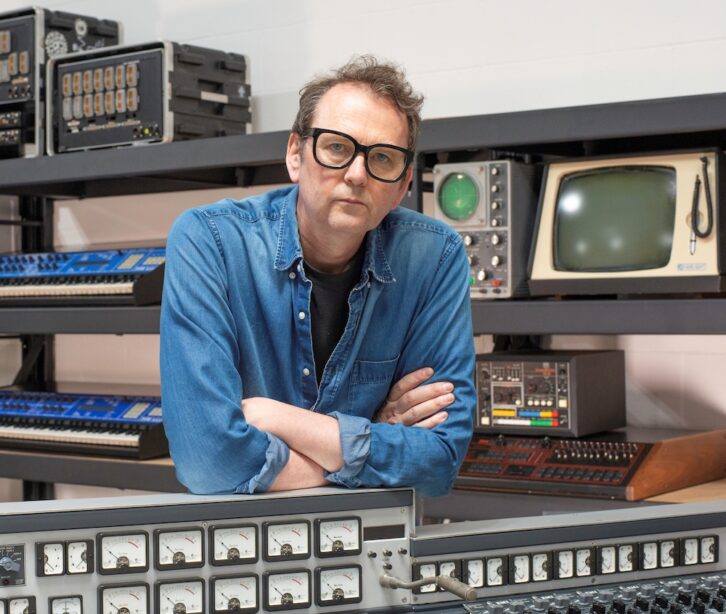
Los Angeles, CA (June 1, 2023)—You may not know the name Paul Cox, but I can guarantee that you’ve heard music produced in some of the rooms for which he has provided technical design and integration. His clients include Stevie Wonder, Trent Reznor, Harvey Mason, Jr., Kenny “Babyface” Edmonds, Jimmy Jam and Terry Lewis, Beyoncé, and on and on.
Then there are the commercial and corporate clients, including major record labels and global media and entertainment companies. He’s built some of Hollywood’s busiest film and TV stages, home studios for artists, and everything in between.
Who better to talk to about changing and evolving studio technical trends over the past 40-plus years?
I’ve known Paul [full disclosure] since the day he started working with us as a tech at Amek—the day of the Northridge earthquake, January 17, 1994. He went on to work with SSL, commissioning many of the first J Series consoles in the U.S., but his goal was always to build rooms; it’s what he’d done for a decade in London before moving to Los Angeles in 1992.
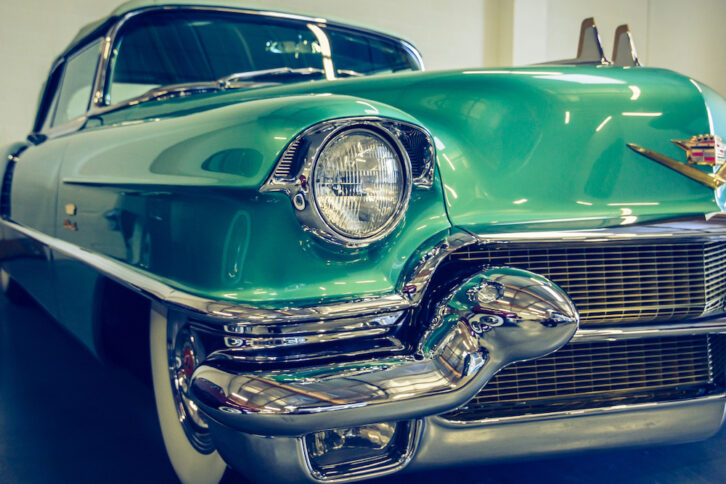
He had started building radios and tinkering with electronics at the age of eight, was in a band as a teenager and dropped out of college—after just two days—to assist and tech for a wave of newly freelance engineers such as Alan Moulder. Those sessions led to more tech work, building and maintaining studios for The Jesus and Mary Chain and Curve, and also touring with both bands, as well as Thrashing Doves, Then Jericho and Tears for Fears.
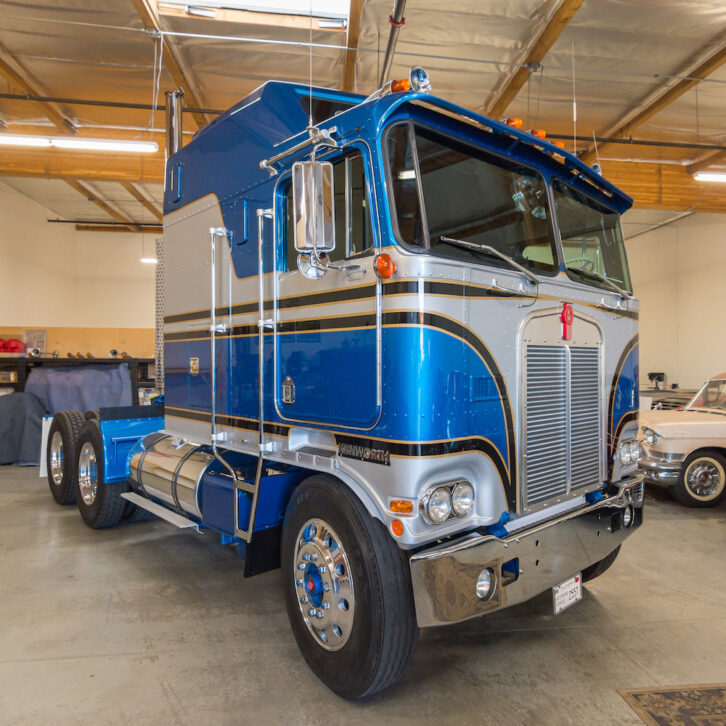
Cox prefers designing and integrating bespoke studios for artists versus commercial facilities, which, while not exactly cookie-cutter, tend to follow a similar set of standard practices. “I really enjoy working directly with artists who are keyboard-heavy, where every room is completely tailor-made for their particular workflow,” says Cox, who owns a formidable collection of vintage keyboards and drum machines himself.
CONSOLES AND CONNECTIONS
To his mind, the evolution of studio technical design is tied to the mixing console, or lack thereof. In the 1990s, it was not unusual for a studio to have a 96-input-plus analog mixing desk costing $800,000 hooked up to a tape machine costing a quarter-million dollars. Subsequently, digital desks emerged as an alternative along with the digital audio workstation, leading eventually to hybrid—and much more affordable—workflows combining a DAW, interfaces and an analog front and back end, whether that was an assortment of outboard devices or one of the newer generation of compact consoles.
Those massive consoles of the ’90s came with additional costs, he also points out. “They needed $5,000 a month for power and air conditioning,” he says, noting that the componentry inside the desks has evolved, too. “Now a console kicks out as much heat as a hair dryer and is just pennies to run.”
Back in the day, artists would have every device in the room permanently wired, often through dozens of DI channels, into their console. Now, he says, they are more likely to simply patch a couple of devices through an interface for a writing or tracking session.
As artists and engineers embraced the slimmed-down, hybrid workflow, some would add a sidecar of vintage console modules as a DAW front end. “This was before the market was flooded with monitor control systems,” Cox says, “but wouldn’t it also be nice if we had a stereo bus, some form of monitoring and maybe a cue system?” Soon enough, a new generation of compact consoles emerged to support the hybrid setup: “So now you’ve got fader control, DAW control, an analog front end, proper monitoring—the best of both worlds.”
RESTORATION AND DETAIL
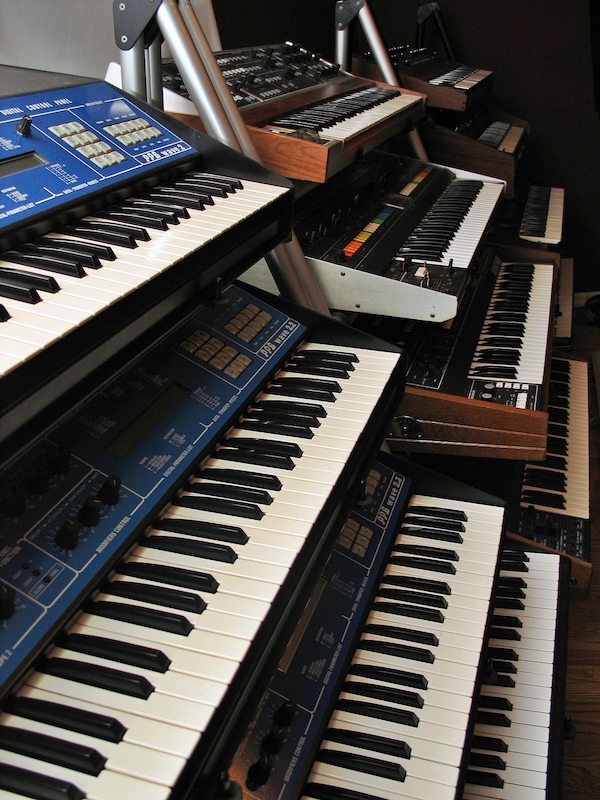
While many vintage desks have been taken apart to make those sidecars, a few complete consoles survived, and some have found homes with several of Cox’s clients. “I really love restoring things, taking something that was once brand new and beautiful, then neglected and abused over the decades, and putting it back to the way it was,” says Cox, who, in his spare time, has also restored a couple of award-winning 1956 Cadillac Eldorados and a 1979 Kenworth K100 semi truck.
Operationally, those old desks are not for everyone, he cautions: “I find that some engineers struggle with some of the vintage consoles, which can have very strange internal operating levels and, by modern standards, quite bizarre signal-flow structures. Also, some of these older consoles didn’t offer much in the way of EQ, because you were never meant to salvage a train wreck with it.”
Cox, who has seen many classic consoles come through his workshop, each unique in ways both positive and negative. With EMI’s TG consoles, for example, cost was no object when they were built, so the quality and components were top-notch, but nothing is built to last forever, and repairing a module—a cassette, as EMI called it—is a painstaking task.
“You can spend the best part of a day taking one switch assembly apart, finding the issues and correcting them, and putting the thing back together,” Cox explains. “I’m only happy doing things to a certain standard, and there’s a lot of people who aren’t willing to pay for that level of attention and detail—but the people who do own these consoles generally have a love for the art, the history and the whole recording process.”
Tulsa’s Legendary Church Studio Rises Again
For all the technological advances, there is still something to be said for a simple analog signal path, Cox believes. “A studio’s tech design is only as reliable as the weakest link,” he says. “It seems that the more technologically advanced it gets, the more wasted time there is with computer-related problems. When it was an analog console with an analog tape machine, you could always work around a problem. I also like the idea of being able to play material without having to boot three different computers, or being dependent on a whole string of events to make that possible.” Accordingly, his integration plans typically enable such tasks to be achieved without jumping through hoops.
IT ALL WORKS…
Now, of course, musicians can work in a spare bedroom and book time at a commercial studio just to track drums, brass or strings. That way of working has also hastened the end of dedicated mixing rooms, he observes. “With some inserts to and from analog gear and what have you, engineers are perfectly happy working in the DAW—and the results are amazing because they have amazing ears and a particular skill.”
So, affordable production technology has advanced the art form in some respects. “It has also allowed a lot of people access to things that they probably shouldn’t have,” Cox chuckles. “Music quality should be better than it is. You used to hear great stuff all the time, but these days, when you hear something that’s astoundingly well-recorded and mixed, it’s quite a revelation.”
That aside, Cox says, “There’s something to be said for a Mac, a good-quality interface, a pair of good speakers, a keyboard, a bunch of plug-ins and a nice vocal mic in a bedroom with some acoustic treatment. There’s nothing to say that isn’t as good as a commercial facility, as a great musical idea is, and always will be, king. Plus, a skilled set of ears to know what you have and what you need to do; there’s no substitute for that.”
